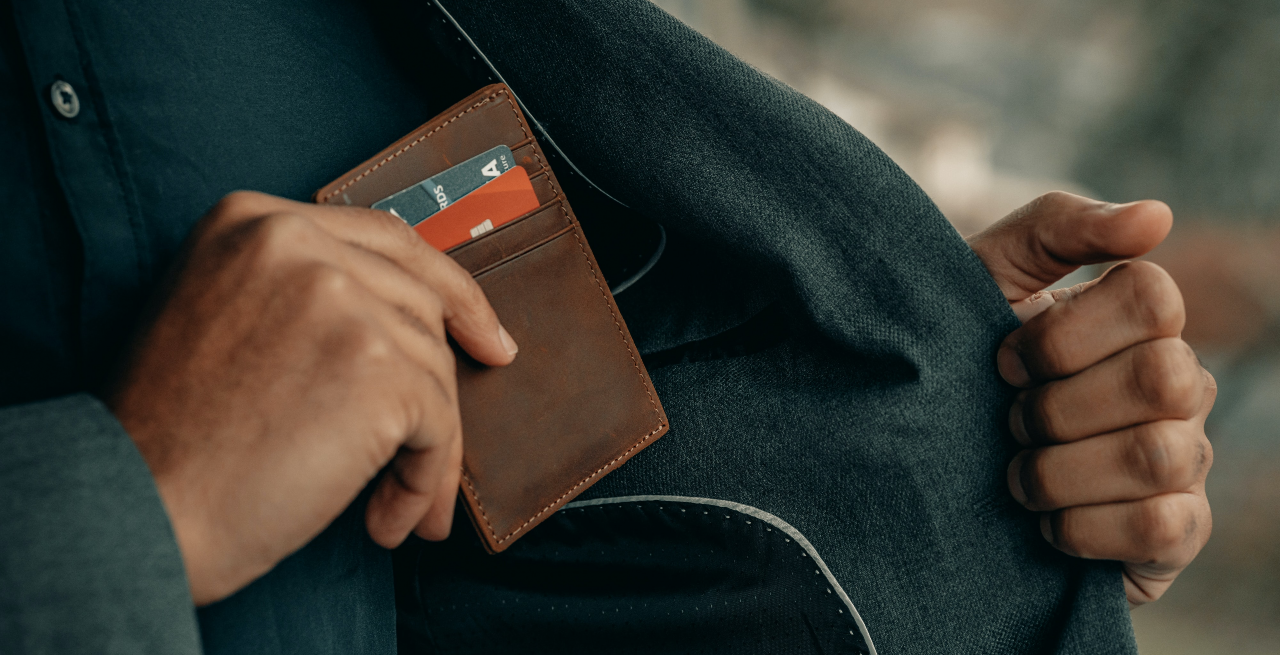Restaurant Payment Fraud: Who Is Liable?
4 Min Read By Gergo Varga
Global financial losses from card fraud are truly staggering. A recent Nilson report projects that over $408 billion will be lost over the next decade. Credit card fraud in the UK is currently running at a five year high, according to Forbes.
Restaurants (just like anywhere that accepts card payments), have always been a target. However, much changed for food service businesses throughout the peak of the pandemic. In its wake, plenty of those changes remain.
During lockdown periods, food service businesses were forced to adapt or die. Many embraced takeaway delivery services, and had to establish new ways to process customer payments from a distance. This exposed restaurants to a much higher number of “card not present” transactions, which account for 80% of card fraud losses.
What’s particularly interesting is that consumer habits learned in lockdown have stuck.
According to a study by the British Takeaway Campaign, 32 percent of people said that they would continue…
Sorry, You've Reached Your Article Limit.
Register for free with our site to get unlimited articles.
Already registered? Sign in!


